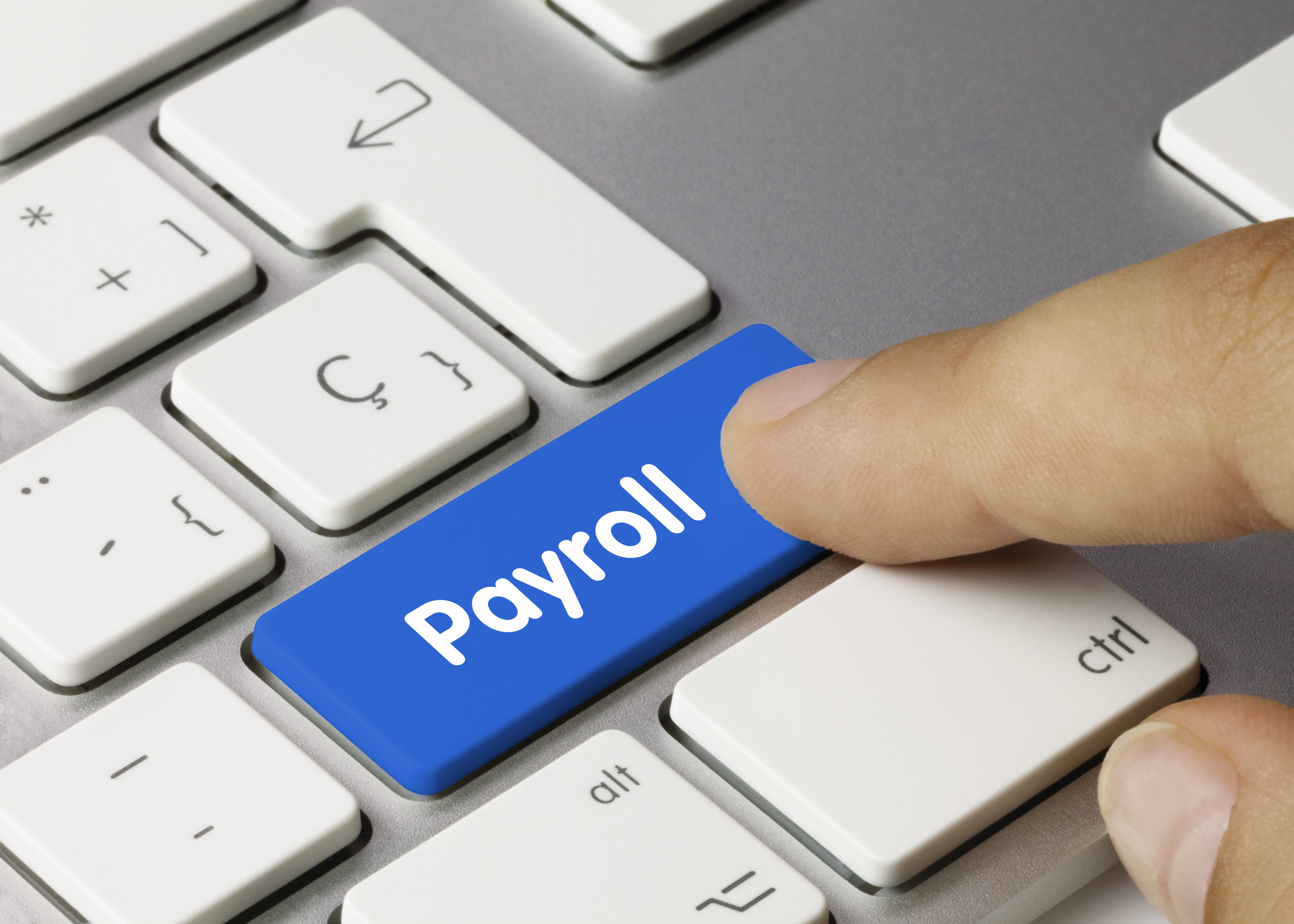Wait. You have to pay these people?
Yes, as a young business owner, you’ll quickly come to realize people like to be paid for their work. And you can’t get away with paying under the table for very long.
This means you’ll have to set up payroll. It sounds hard, but it actually isn’t too bad. You could just get an app or hire someone to take care of payroll for you, but that’s not what this is about. We’re going to do this the old fashioned way.
Here, we’ll go over the basic steps involved in setting up payroll at your company.
Setting up Payroll in Steps
There are a number of steps when setting up payroll. We’ll go through them sequentially, which should give you a good idea of how to go about this.
Employer ID Number
Before you start hiring employees for your business, you’ll need to get a government issued EIN.
This is mandatory for paying taxes and reporting other documents to the IRS. You’ll also need this for reporting employee info to state agencies.
Employee Paperwork
Upon hiring new employees, you’ll need them to fill out a W-4 tax form. This is necessary for you to withhold the correct amount of income tax from their pay.
The IRS provides a guide on how to do this on their website.
Make up a Pay Period
State law may determine pay periods for you. Most of them require bi-weekly periods, but if not, you’ll have to determine this yourself. Typical pay periods are weekly, bi-weekly, and monthly.
The IRS will require you to withhold taxes for the pay period you’ve selected.
Choosing Your System
Choosing a payroll system is probably the most complicated part of this process. We recommend using payroll-specific software that will cover check processing, direct deposit, tax collecting, etc. This makes it easy for you in a set-it-and-forget-it kind of way.
The other thing you can do if you don’t want to tackle this on your own, as we mentioned earlier, is hiring a payroll administrator or an accountant to take care of everything for you.
Keep Track of Paperwork
Make sure you keep track of the forms you had your employees fill out. Even after an employee is no longer with you, you’re usually required to keep a W-4 form for a certain period of time after they’re gone. W-2 forms, tax forms, and tax deposits should all be kept as well.
Keeping a filing-cabinet with hard copies of all of these forms will keep you organized when you do your taxes.
Run Payroll
At the end of your specified pay period, you can run payroll. This involves putting together hours and wages, subtracting taxes, double checking, and paying your employees.
If you’re using a payroll generator, you’ll probably have it set up so you just have to input hours and the calculations will be done for you.
Pay Rolled
There you have it, you know how to go about setting up payroll. It’s a lot easier than it sounds, isn’t it? Timely and accurate pay periods make for happy staff members.
Check out our page for more small business resources.

